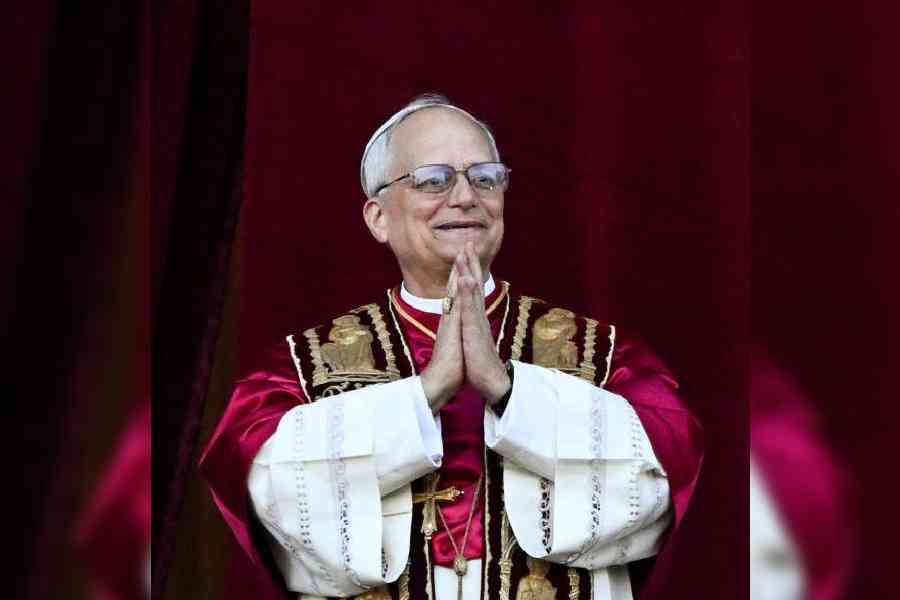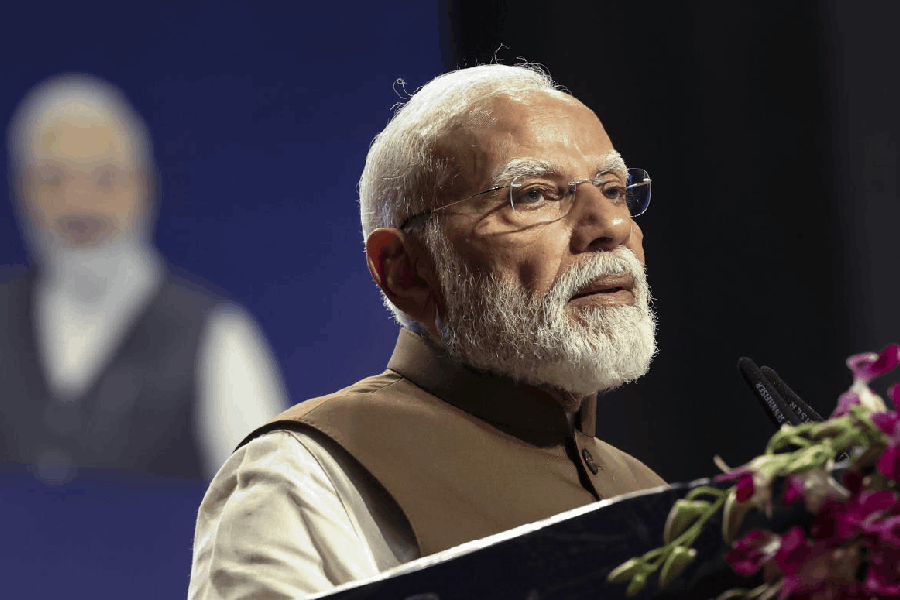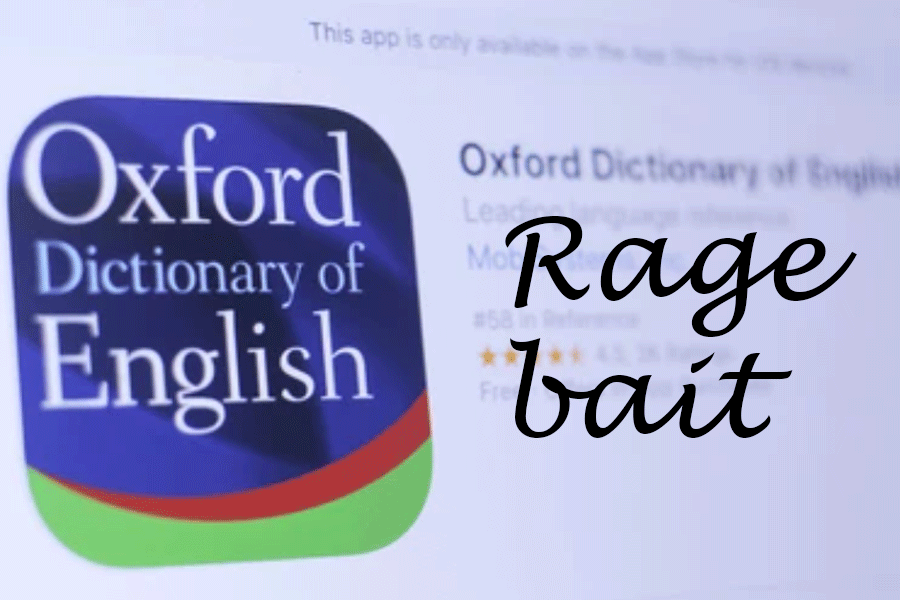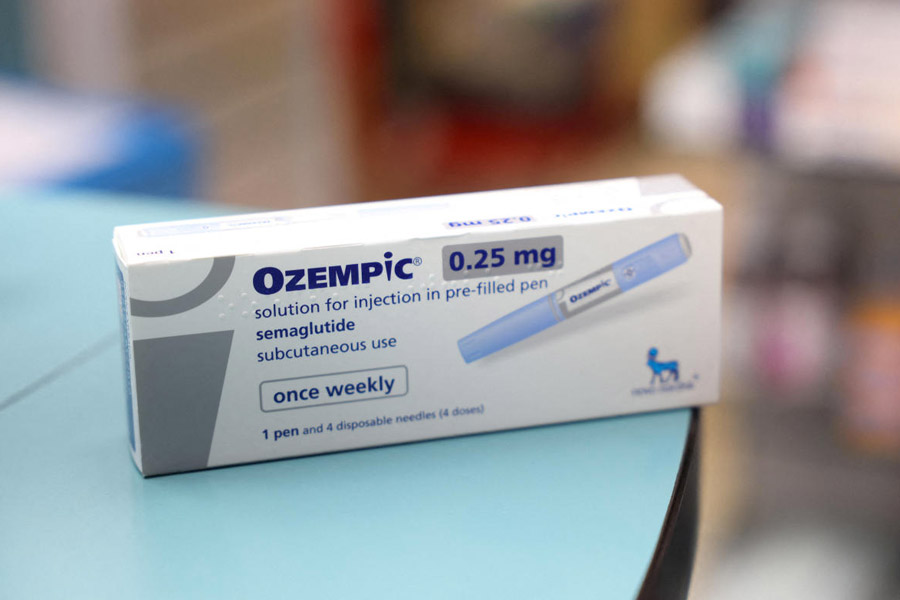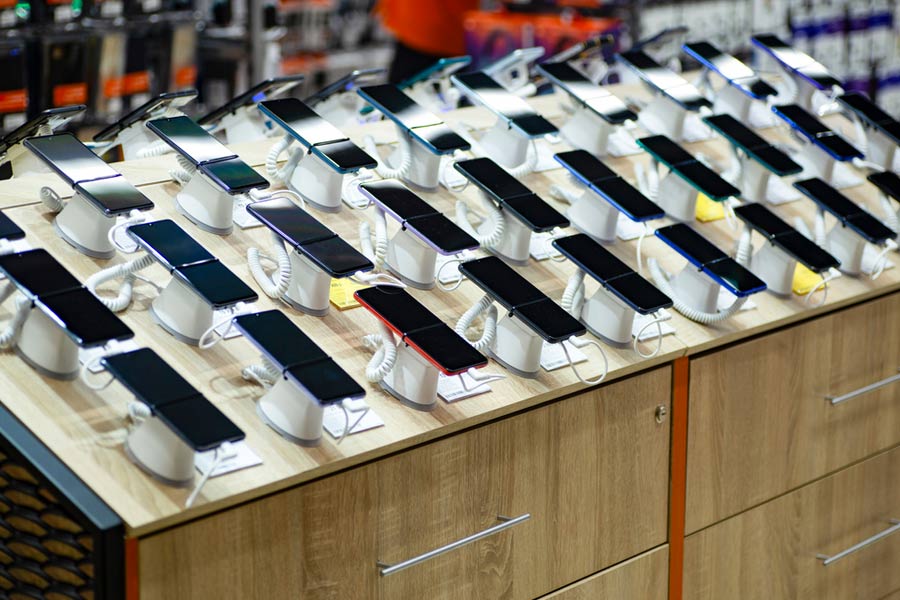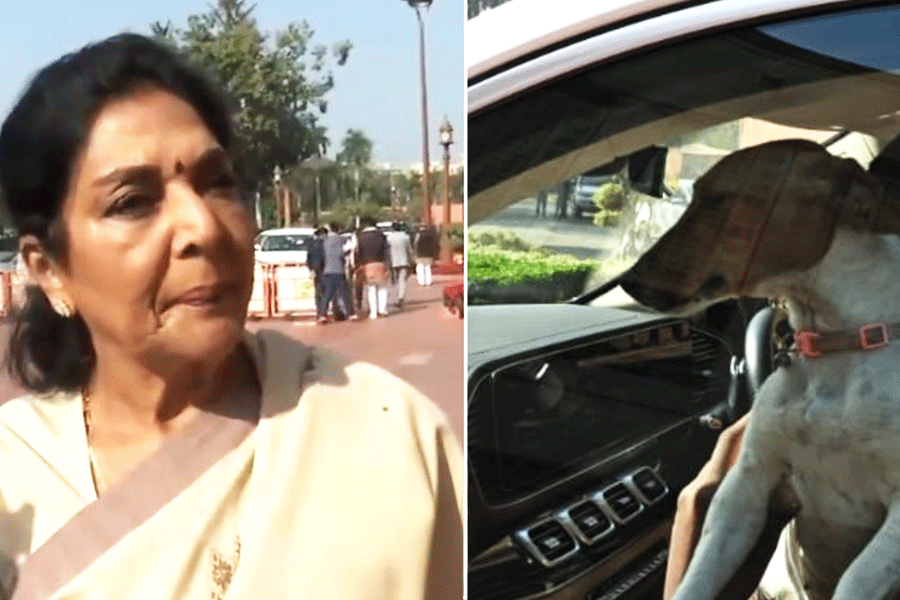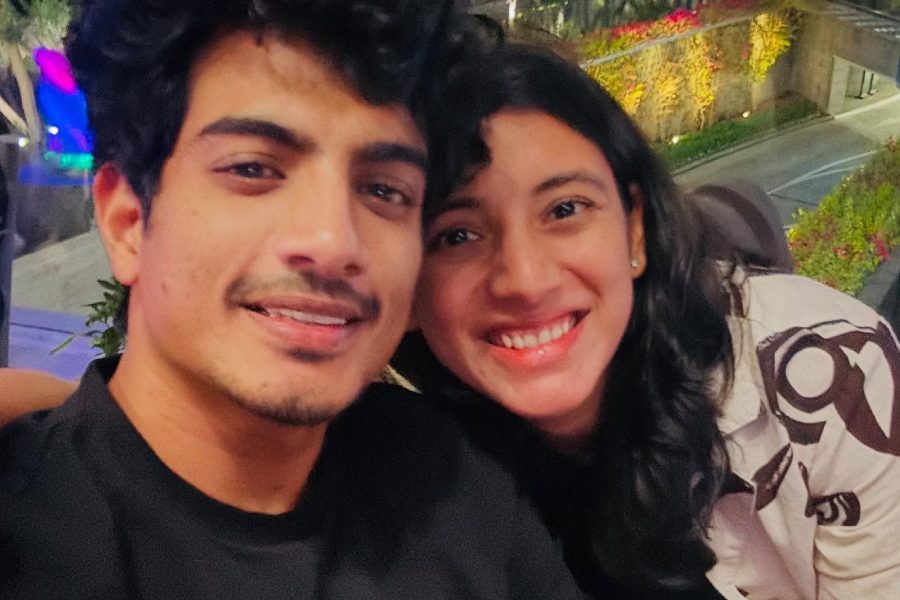Robert Prevost, the Chicago-born missionary who spent his career ministering in Peru and took over the Vatican's powerful office of bishops, was elected the first pope from the United States in the history of the Catholic Church.
Prevost, a 69-year-old member of the Augustinian religious order, took the name Leo XIV.
In his first words as Pope Francis' successor, uttered from the loggia of St. Peter's Basilica, Leo said, “Peace be with you,” and emphasised a message of peace, dialogue and missionary evangelisation.
He wore the traditional red cape of the papacy — a cape that Francis had eschewed on his election in 2013 — suggesting a return to some degree of tradition after Francis' unorthodox pontificate.
Prevost had been a leading candidate for the papacy, but there had long been a taboo against a US pope, given the country's geopolitical power already wielded in the secular sphere. But Prevost was seemingly eligible because he's also a Peruvian citizen and lived for years in Peru, first as a missionary and then as an archbishop.
Francis clearly had his eye on Prevost and in many ways saw him as his heir apparent.
He sent Prevost to take over a complicated diocesan situation in Peru, then brought him to the Vatican in 2023 to serve as the powerful head of the office that vets bishop nominations from around the world, one of the most important jobs in the Catholic Church. And in January he elevated him into the senior ranks of cardinals. As a result, Prevost had a prominence going into the conclave that few other cardinals had.
The crowd in St. Peter's Square erupted in cheers when white smoke poured out of the Sistine Chapel on the second day of the conclave, the most geographically diverse in history. Priests made the sign of the cross and nuns wept as the crowd shouted “Viva il papa!”
Waving flags from around the world, tens of thousands of people waited to learn who had won and were shocked when an hour later, the senior cardinal deacon appeared on the loggia and said “Habemus Papam!” and announced the winner was Prevost.
He spoke to the crowd in Italian and Spanish, but not English.
“Greetings ... to all of you, and in particular, to my beloved diocese of Chiclayo in Peru, where a faithful people have accompanied their bishop, shared their faith,” he said in Spanish.
US President Donald Trump said it was “such an honour for our country” for the new pope to be American.
“What greater honour can there be,” he said. The president added that “we're a little bit surprised and we're happy.”
The last pope to take the name Leo was Leo XIII, an Italian who led the church from 1878 to 1903. That Leo softened the church's confrontational stance toward modernity, especially science and politics and laid the foundation for modern Catholic social thought, most famously with his 1891 encyclical Rerum Novarum, which addressed workers' rights and capitalism at the beginning of the industrial revolution.
An Augustinian pope
Vatican watchers said Prevost's decision to name himself Leo was particularly significant given the previous Leo's legacy of social justice and reform, suggesting continuity with some of Francis' chief concerns.
“I think this pope is saying something about social justice by choosing this name, that it is going to be a priority. He is continuing a lot of Francis' ministry,'' said Natalia Imperatori-Lee, the chair of religious studies at Manhattan University in the Bronx.
The new pope was formerly the prior general, or leader, of the Order of St. Augustine, which was formed in the 13th century as a community of “mendicant” friars — dedicated to poverty, service and evangelization. There have been six previous Augustinian popes.
The requirements and ethos of the order are traced to the fifth century St. Augustine of Hippo, one of the theological and devotional giants of early Christianity.
The Order of St. Augustine has a presence in about 50 countries, according to its website. Its ethos includes a contemplative spirituality, communal living and service to others. A core value in their rule is to “live together in harmony, being of one mind and one heart on the way to God.”
Prevost graduated from the Augustinian Villanova University, in suburban Philadelphia, and his election thrilled American students studying in Rome who happened to be in St. Peter's Square to witness history.
“That's the first American pope in history. How exciting!” said Alessandra Jarrett, a 21-year-old political science student at Rome's John Cabot university. “Crazy that we're able to be here and see it, and this was even our last day in school.”
The past of Pope Leo
Francis moved Prevost from the Augustinian leadership back to Peru in 2014 to serve as the administrator and later archbishop of Chiclayo.
He remained in that position, acquiring Peruvian citizenship in 2015, until Francis brought him to Rome in 2023 to assume the presidency of the Pontifical Commission for Latin America. In that job he would have kept in regular contact with the Catholic hierarchy in the part of the world that counts the most Catholics and who clearly would have had a hand in his election.
Since arriving in Rome, Prevost has kept a low public profile but was well-known to the men who count.
Significantly, he presided over one of the most revolutionary reforms Francis made, when he added three women to the voting bloc that decides which bishop nominations to forward to the pope. In early 2025, Francis again showed his esteem by appointing Prevost to the most senior rank of cardinals.
The bells of the cathedral in Peru's capital of Lima tolled after Prevost's election was announced. People outside the church expressed their desire for a papal visit at one point.
“For us Peruvians, it is a source of pride that this is a pope who represents our country,” said elementary school teacher Isabel Panez, who happened to be near the cathedral when the news was announced. “We would like him to visit us here in Peru.”

